Complete Guide to Mastering Beatmatching
Beatmatching is one of the most fundamental skills every DJ must master. It’s the art of seamlessly syncing two tracks so their beats align, creating smooth transitions and maintaining the energy on the dance floor. While modern DJ equipment offers sync buttons, learning manual beatmatching builds a deeper understanding of rhythm, tempo, and music structure, elevating your DJing skills.
In this guide, we’ll break down the steps to master beatmatching, provide tips for practicing effectively, and explain why this skill remains essential in today’s DJing world.
What is Beatmatching?
At its core, beatmatching involves adjusting the tempo and aligning the beats of two tracks so they play in sync. This technique allows DJs to mix songs seamlessly, maintaining a consistent flow and avoiding abrupt changes that could disrupt the vibe.
Key Elements of Beatmatching:
- Tempo Matching: Adjusting the speed of one track to match the other.
- Beat Alignment: Ensuring the beats of both tracks are perfectly synced.
- Cueing: Preparing the next track to drop at the right moment.
Why Beatmatching Matters
Even with the advent of auto-sync technology, manual beatmatching remains a vital skill for several reasons:
- Creative Control: Manual beatmatching gives you greater flexibility and precision in your mixes.
- Skill Development: It sharpens your ear for rhythm and timing, making you a more versatile DJ.
- Professionalism: Many DJs and audiences respect those who can beatmatch without relying solely on technology.
How to Master Beatmatching
Follow these step-by-step instructions to learn and perfect beatmatching:
Step 1: Understand Your Gear
Before diving into beatmatching, familiarize yourself with your DJ equipment. Most setups will include:
- Decks or Turntables: To control and play tracks.
- Mixer: To blend and adjust audio signals.
- Pitch Fader: To adjust the tempo of each track.
- Cue Buttons: To set and return to specific points in a track.
- Headphones: For pre-listening and cueing tracks.
.
Step 2: Learn Track Structure
Understanding the structure of music is crucial for successful beatmatching. Most tracks follow a 4/4 time signature, meaning beats are grouped in sets of four.
What to Focus On:
- Bars and Phrases: Tracks are typically divided into 8-bar or 16-bar phrases. Identifying these helps with timing transitions.
- Downbeats and Kicks: Listen for the prominent kick drum that marks the start of each beat.
Step 3: Match Tempos
To match tempos:
- Play the first track on one deck.
- Load the second track on the other deck.
- Adjust the pitch fader of the second track to match the tempo of the first.
- Use the BPM display (if available) as a guide but rely on your ears for precision.
Tip for Practicing: Start with tracks that have similar BPMs before moving on to larger tempo differences.
Step 4: Align the Beats
Once the tempos are matched, focus on syncing the beats:
- Use the cue button to pause and rewind the second track to its starting point.
- Play the first track and listen to the beat.
- While monitoring the second track in your headphones, release it at the right moment to align its beat with the first track.
- Use the jog wheel or pitch bend buttons to make fine adjustments if the beats drift.
Step 5: Practice Blending
When the beats are aligned, start blending the two tracks using the mixer:
- Gradually bring up the volume of the second track while fading out the first.
- Adjust the EQs (low, mid, high) to ensure a smooth transition without clashing frequencies.
Common Challenges and How to Overcome Them
- Tracks Drifting Apart: This happens when tempos aren’t perfectly matched. Continuously monitor and make small adjustments using the jog wheel.
- Difficulty Hearing the Cue Track: Invest in quality headphones and monitor your cue track at a comfortable volume.
- Transition Timing Issues: Practice identifying the right moments to start and blend tracks, focusing on bars and phrases.
Tips for Effective Practice
- Start Simple: Practice with tracks that have a steady beat and similar BPM.
- Use Headphones Wisely: Always cue and pre-listen to the next track before transitioning.
- Record Your Mixes: Listening back helps identify areas for improvement.
- Practice Regularly: Dedicate time each day to refine your skills.
When to Use Auto-Sync
While manual beatmatching is a valuable skill, auto-sync can still be useful in certain scenarios:
- When performing complex mixes that require more focus on EQs or effects.
- During live performances where time is limited, and quick transitions are needed.
However, relying too heavily on auto-sync can hinder your growth as a DJ.
Take Your Beatmatching to the Next Level
Once you’ve mastered basic beatmatching, explore advanced techniques:
- Double Drops: Sync two tracks so their drops hit simultaneously for a dramatic effect.
- Harmonic Mixing: Match tracks in the same key to create smoother transitions.
- Layering Beats: Blend percussive elements from one track with melodies from another.
Why Manual Beatmatching is a DJ Essential
While technology has changed the landscape of DJing, manual beatmatching remains a core skill that sets professionals apart. It gives you a deeper connection to your music and allows for creative, dynamic performances.
For more tips, guides, and DJ resources, visit mp4remix.com. Whether you’re a beginner or a seasoned DJ, mastering beatmatching will elevate your sets and make you a crowd favorite.
Conclusion: Practice Makes Perfect
Beatmatching is both a technical and creative skill that takes time to master. By practicing consistently, understanding your tracks, and refining your techniques, you’ll gain the confidence to mix seamlessly and keep the energy flowing on the dance floor.

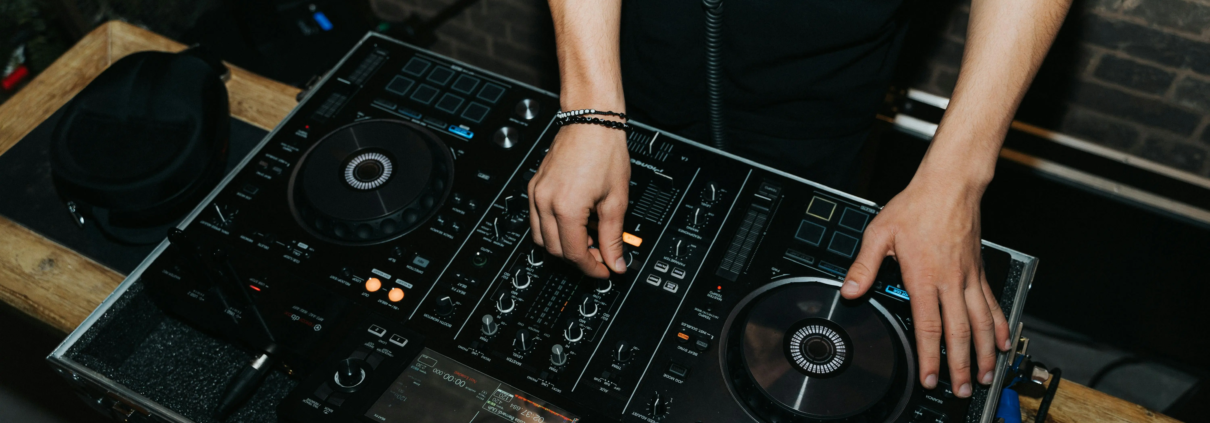



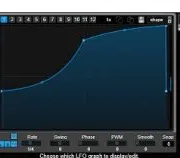
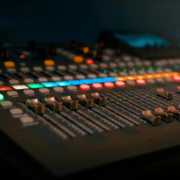

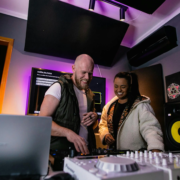
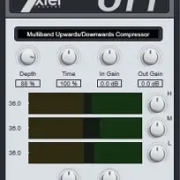


Leave a Reply
Want to join the discussion?Feel free to contribute!